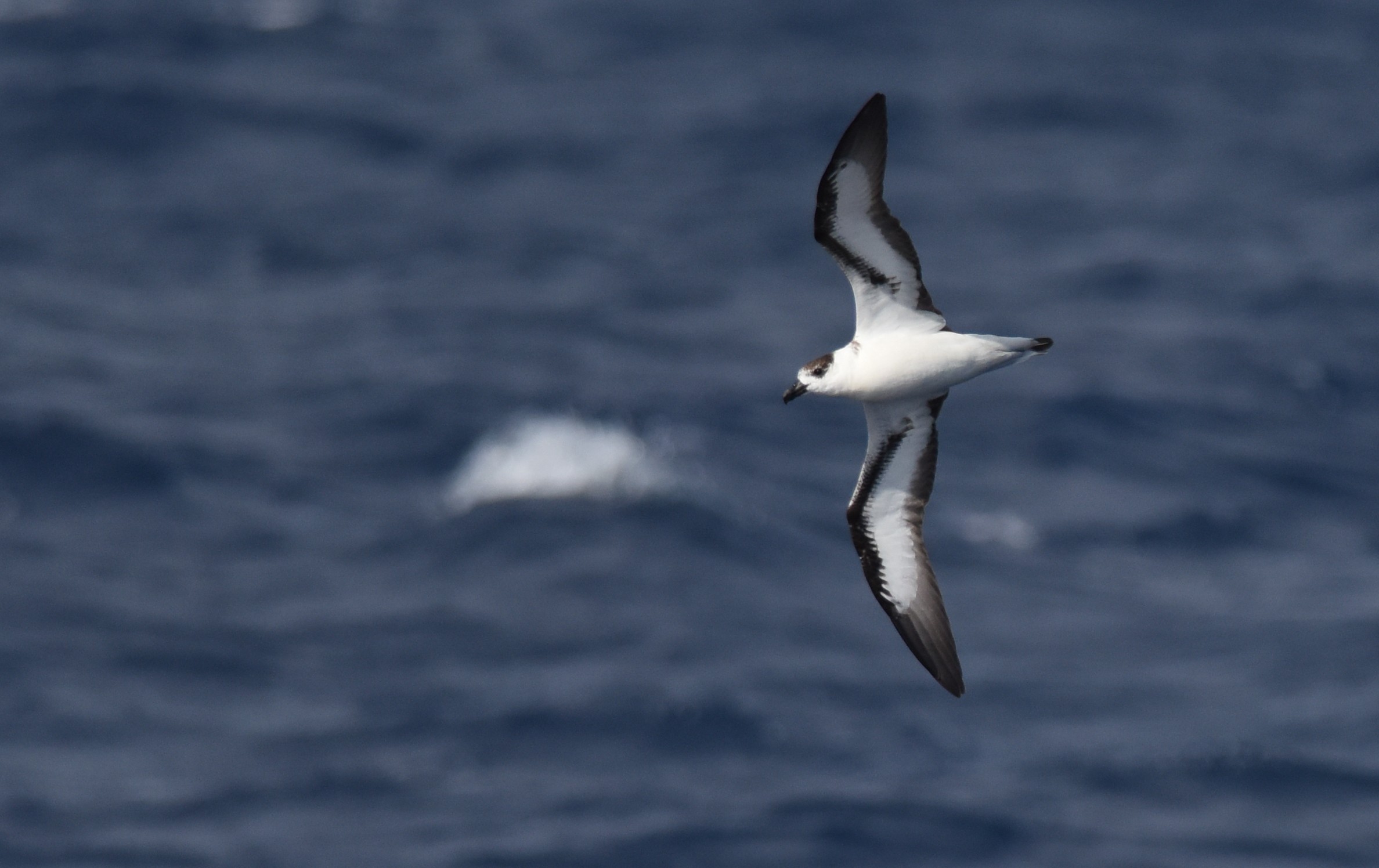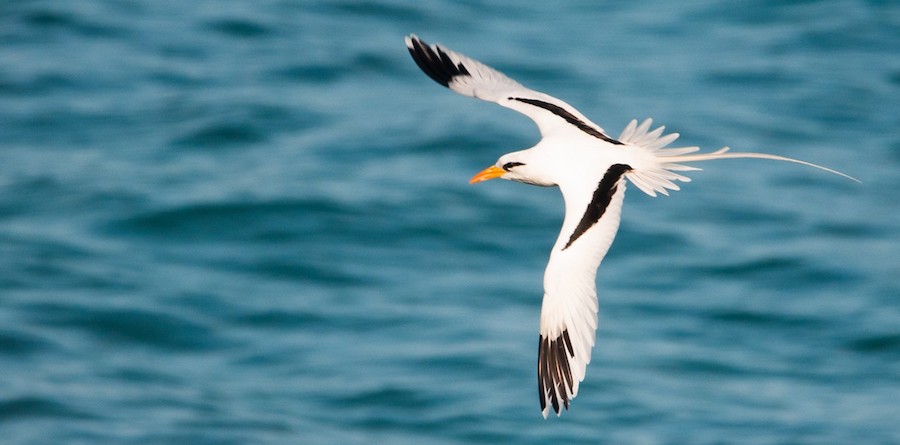Team BirdCast has reported previously on hurricanes and their impacts on wildlife, in particular birds. In addition to potential for catastrophic devastation from the human angle, Hurricane Florence will have dramatic impacts, for certain, on local and transient bird communities and their habitats when it comes ashore. Dramatic alterations to coastal and inland habitats are likely, and this storm will also transport numerous species of birds far from their normal haunts. This and other tropical storms (for example, Irma in 2017, Irene in 2011, or Harvey in 2017) often trap (or ‘entrain’) birds in their circulations, depositing them far from birds’ points of origin. We still do not fully understand many of the mechanisms involved in birds ‘entrainment’ and eventual deposition by storms, which is a primary reason for our interest in observations of species associated with these storms.
See live sightings of species we expect may be displaced by Florence here beginning Thursday 13 September 2018. (If you get a “disconnected” message, click “Reload”.) Not all observations may be directly related to the storm.
IMPORTANT: If you are in the path of this devastating and dangerous storm, heed all forecasts and warnings from the National Hurricane Center (NHC). Remember also that strong winds are but one of the dangers of tropical storms, and that dangers of storm surges and of flooding are also life-threatening and devastating. NEVER put yourself in a situation where such risks may cut off escape routes or force you into unnecessarily hazardous positions. ***Always put safety of yourself and others before birding.***

Black-capped Petrels have been sighted frequently off the Atlantic Coast in summer 2018. Sean Sime/Macaulay Library.
Hurricanes and their impacts, in particular in depositing seabirds far afield from their normal haunts, represent unique opportunities to understand how animals behave in and respond to serious disturbances. In the case of hurricanes, specifically, species that are normally hundreds of miles offshore may appear far inland, transforming local reservoirs into pelagic scenes. Real-time sightings from your eBird checklists will appear in the above map and help us understand more details about how these storms transport birds and how birds respond to extreme disturbances in their annual cycles.

Sooty Terns are perhaps the quintessential “hurricane birds,” often transported by storms. Photo by Andrew Dreelin/Macaulay Library.

White-tailed Tropicbird may be displaced by the passage of Florence, as has this species by numerous other recent Atlantic hurricanes. Photo by Frantz Delcroix/Macaulay Library
If you do survey a site for birds, please keep a detailed eBird list. And if you note storm birds, please take note of the time that you observe them, as this helps to understand how birds move with and within the storm.




